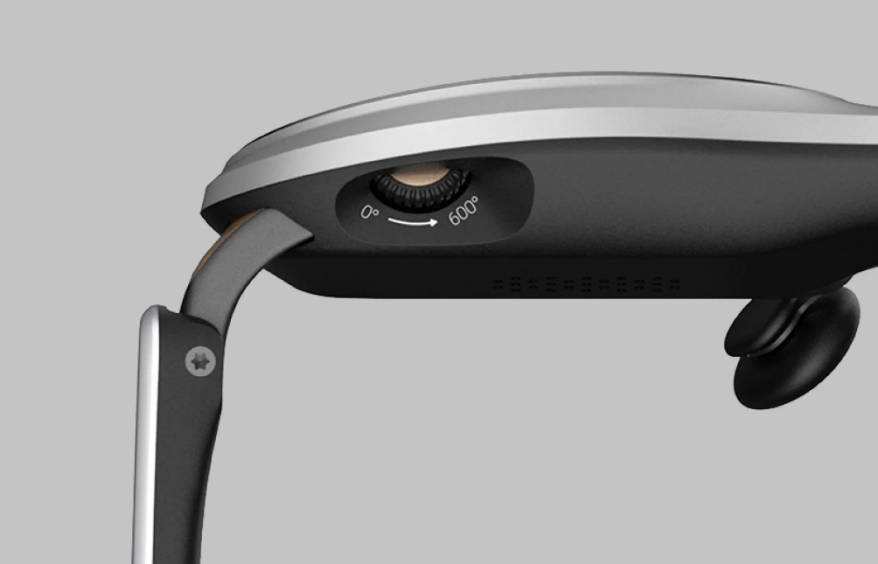
Augmented Reality (AR) glasses have captured the imagination of tech enthusiasts and consumers alike, promising to revolutionize the way we interact with the digital world. As the technology continues to advance, many are curious about the cost of AR glasses and whether they are accessible to the average consumer. In this blog, we will delve into the world of AR glasses, exploring their pricing factors, the range of costs involved, and how Rokid Max AR glasses fit into the market.
Understanding the Factors Influencing the Cost
When it comes to determining the cost of AR glasses, several factors come into play. It's important to consider these factors to understand the range of pricing in the market:
1. Display Technology: The quality of the display plays a significant role in the cost of AR glasses. Higher-resolution displays, such as OLED or microLED, generally come at a higher price point due to their superior visual experience.
2. Optics and Field of View (FoV): The optics used in AR glasses, including the lenses and FoV, affect the overall cost. Glasses with a wider field of view and advanced optical components often come with a higher price tag.

3. Processing Power: The processing power required to run AR applications and render high-quality graphics is another cost-determining factor. More powerful processors and GPUs can increase the price of AR glasses.
4. Design and Build Quality: The design and build quality of AR glasses also influence their cost. Sleek, lightweight designs with premium materials tend to be priced higher compared to bulkier or less refined options.
Exploring the Range of AR Glasses Costs
AR glasses come in various price ranges, catering to different budgets and requirements. It's important to note that the prices mentioned here are approximate and can vary depending on factors such as features, specifications, and additional functionalities:
1. Entry-Level AR Glasses: Entry-level AR glasses typically offer basic features and functionality at a more affordable price range, starting from around $100 to $300. These glasses often focus on limited use cases and may have lower display quality and processing power.
2. Mid-Range AR Glasses: Mid-range AR glasses offer improved specifications, enhanced displays, and better processing power. They generally fall within the price range of $300 to $800, providing a balance between affordability and performance.

3. High-End AR Glasses: High-end AR glasses offer top-of-the-line features, including high-resolution displays, wider FoV, advanced optics, and powerful processors. These glasses can range from $800 to several thousand dollars, targeting professionals, developers, and enthusiasts who require cutting-edge technology.
Rokid Max AR Glasses: A Balance of Features and Affordability
Rokid Max AR glasses offer an appealing balance of features and affordability in the AR glasses market. While we won't focus on specific brands, it's worth mentioning Rokid Max as an example within the context of pricing.
Rokid Max AR glasses aim to provide users with a rich AR experience at a competitive price point. With their high-quality display, immersive field of view, and powerful processing capabilities, Rokid Max AR glasses offer a solid entry point into the world of AR without breaking the bank. The glasses are designed to deliver an immersive and interactive experience for gaming, entertainment, productivity, and more.

The Value of AR Glasses: Beyond the Price Tag
When considering the cost of AR glasses, it's essential to look beyond the price tag and consider the value they bring. AR glasses have the potential to transform various aspects of our lives, including gaming, education, remote collaboration, and productivity.
The value of AR glasses lies in their ability to enhance our interactions with the digital world, enabling us to overlay virtual information on the real world, creating immersive experiences, and increasing productivity. Whether it's exploring virtual worlds, collaborating remotely with colleagues, or learning through interactive augmented content, AR glasses unlock new possibilities and open doors to endless opportunities.
The cost of AR glasses varies depending on factors such as display technology, optics, processing power, design, and build quality. While AR glasses can range from entry-level options to high-end, premium devices, it's important to choose a price point that aligns with your requirements and budget.
Rokid Max AR glasses, one of the best AR smart glasses, represent an example of a mid-range option that offers a balance of affordability and features. However, the AR glasses market continues to evolve rapidly, and new options with varying price points are constantly emerging.
When considering AR glasses, remember that their true value extends beyond the price tag. These innovative devices have the potential to transform how we interact with technology, bridging the gap between the physical and digital worlds and opening up a realm of possibilities for entertainment, productivity, and much more. Embrace the future of augmented reality and unleash your imagination with AR glasses!



